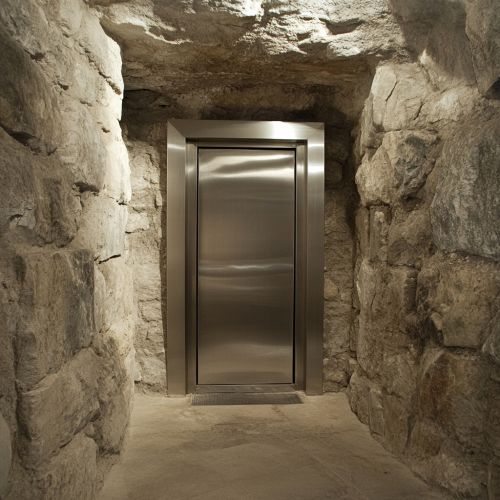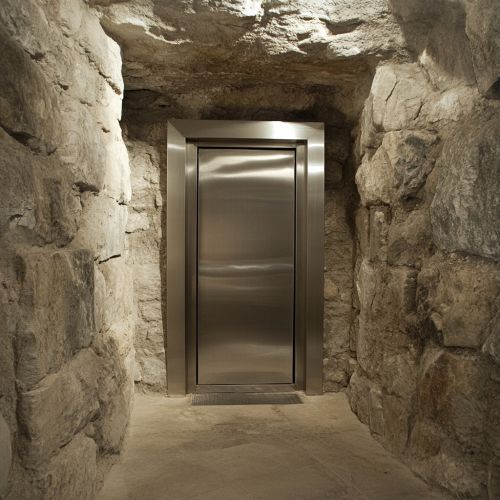Crypt of Civilization
Overview
The Crypt of Civilization is a time capsule located at Oglethorpe University in Brookhaven, Georgia, United States. Conceived and initiated by Dr. Thornwell Jacobs, the crypt was sealed on May 28, 1940, and is intended to be opened in the year 8113 AD. This ambitious project aims to preserve a comprehensive record of human civilization up to the early 20th century, encapsulating various aspects of culture, technology, and daily life.
Historical Context
The idea for the Crypt of Civilization emerged during the 1930s, a period marked by rapid technological advancements and significant global events such as the Great Depression and the lead-up to World War II. Dr. Thornwell Jacobs, often referred to as the "father of the modern time capsule," was inspired by the Egyptian pyramids and their ability to preserve artifacts for millennia. He envisioned a similar project that would serve as a snapshot of human civilization for future generations.
Design and Construction
The crypt is housed in a chamber within Phoebe Hearst Hall at Oglethorpe University. The chamber measures 20 feet in length, 10 feet in width, and 10 feet in height, with walls constructed of stone and lined with enamel to ensure durability. The entrance is sealed with a stainless steel door, welded shut to prevent tampering.


Contents
The Crypt of Civilization contains a vast array of items intended to provide a comprehensive record of life in the early 20th century. These items include:
- **Literature and Documents**: Microfilm copies of over 800 works of literature, including the Bible, the Koran, and the works of Shakespeare. Additionally, it contains contemporary newspapers, magazines, and scientific journals.
- **Technological Artifacts**: Examples of early 20th-century technology, such as a typewriter, a cash register, and a radio. These artifacts are accompanied by detailed instructions on their use.
- **Cultural Items**: A variety of cultural artifacts, including recordings of popular music, films, and speeches. Notable inclusions are recordings of President Franklin D. Roosevelt and Adolf Hitler.
- **Everyday Items**: Objects representing daily life, such as a set of dental tools, a sewing machine, and children's toys. These items provide insight into the domestic and social practices of the time.
Preservation Techniques
To ensure the longevity of the contents, the crypt employs several preservation techniques. Items are stored in airtight containers filled with an inert gas to prevent oxidation. Additionally, the chamber is designed to be moisture-proof and resistant to temperature fluctuations. The use of durable materials such as stainless steel and enamel further enhances the crypt's ability to withstand the test of time.
Significance and Legacy
The Crypt of Civilization is considered one of the most ambitious and well-documented time capsules ever created. It serves as a testament to the human desire to communicate with future generations and preserve the legacy of contemporary civilization. The crypt has inspired numerous other time capsule projects, contributing to the broader field of archaeology and the study of cultural heritage.
Criticisms and Challenges
Despite its ambitious goals, the Crypt of Civilization has faced several criticisms and challenges. Some scholars argue that the selection of items is inherently subjective and may not accurately represent the diversity of human experience. Additionally, there are concerns about the crypt's ability to remain intact and accessible over such an extended period, given potential changes in the surrounding environment and advancements in technology.
Future Prospects
The crypt is scheduled to be opened in the year 8113 AD, a date chosen to mark the same span of time from the earliest recorded history (circa 4241 BC) to the year 1936 AD. This distant future opening date raises questions about the continuity of human civilization and the ability of future societies to interpret and understand the preserved artifacts.
